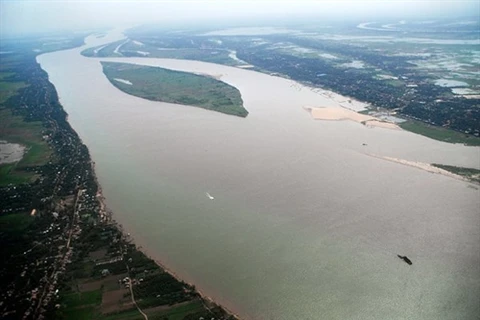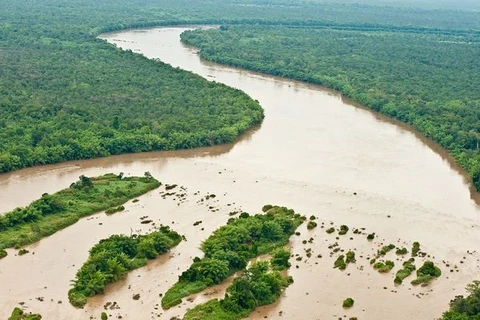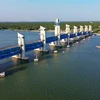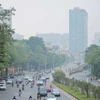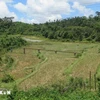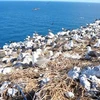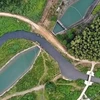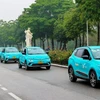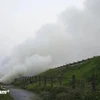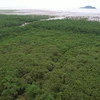An Giang (VNA) – The Mekong Delta province of An Giang is devising measures to prevent coastal erosion, which has become more serious due to climate change and socio-economic activities.
Director of the provincial Department of Natural Resources and Environment Tran Dang Duc said 36 coastal erosion have occurred in the locality since the beginning of this year, causing the loss of 4,414 square metres of land and affecting 49 houses and other facilities. Total economic losses were estimated at more than 4.2 billion VND.
He revealed that An Giang has 51 sections of rivers and canals prone to erosion with a total length of 162.6 km of the 400 km of shoreline.
Erosion could affect 20,000 households, of which more than 5,380 need to quickly be moved to safer places, he noted.
Chau Phong, Binh My, and My Hoa Hung communes have been put on high alert, as have Binh Duc, Binh Khanh and My Binh wards in Long Xuyen city.
Chairman of the provincial People’s Committee Vuong Binh Thanh requested localities devise population settlement plans, prioritising households in erosion-prone areas, including 29 in Cho Moi district and seven in Long Xuyen city.
He ordered a ban on heavy vehicles from travelling through eroded areas and proposed dredging solutions and strict punishments for illegal sand exploitation.
The official asked the Department of Natural Resources and Environment to work with the Department of Science and Technology to research an early and automatic erosion warning system in An Giang.
The amount of silt and sediment flowing down the Mekong Delta has been decreasing, while the erosion of riverbanks and coastlines around the area is becoming more serious.
The delta has 562 eroded sites along rivers and coasts spanning a total length of 786 km. From 2010 until now, the number of landslides has increased, affecting local lives and the economy.
The area covered by mangrove forests has also declined.
The landslides occurring along riverbanks and coasts in the delta were mostly caused by human activities upstream, including the construction and operation of hydropower plants. Overexploitation of groundwater has also exacerbated the situation.
Rampant sand mining along the rivers has led to a shortage of sediment.
Along with the extreme impacts of climate change and population growth, the number of ships and infrastructure development on rivers, canals and coastal areas has also caused erosion.
A survey conducted by the Southern Irrigation Science Institute found sediment arriving down the Mekong Delta (from Ho Chi Minh City to Soc Trang province) fell sharply due to a large decline in silt, leading to protection forests in front of coastal dykes being narrowed.-VNA
VNA


